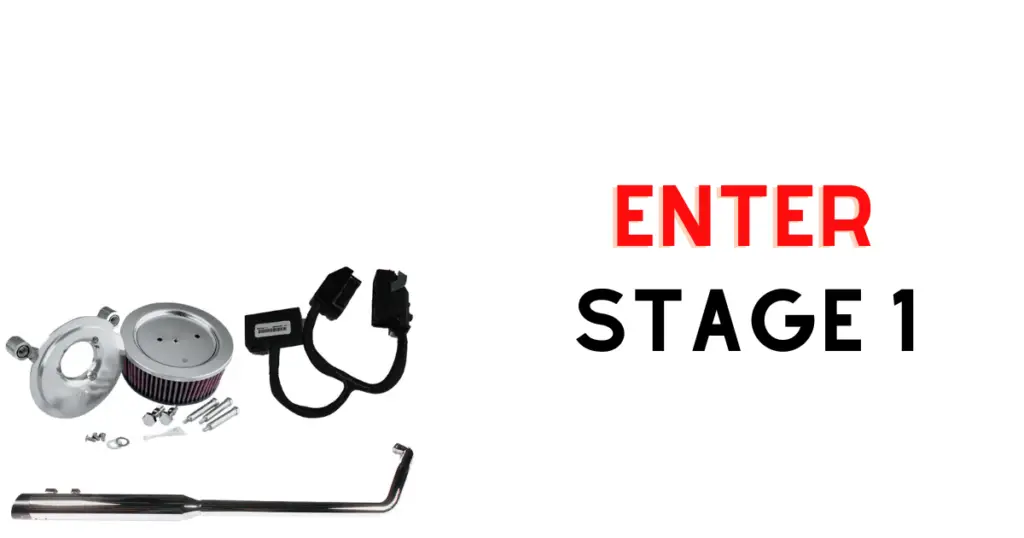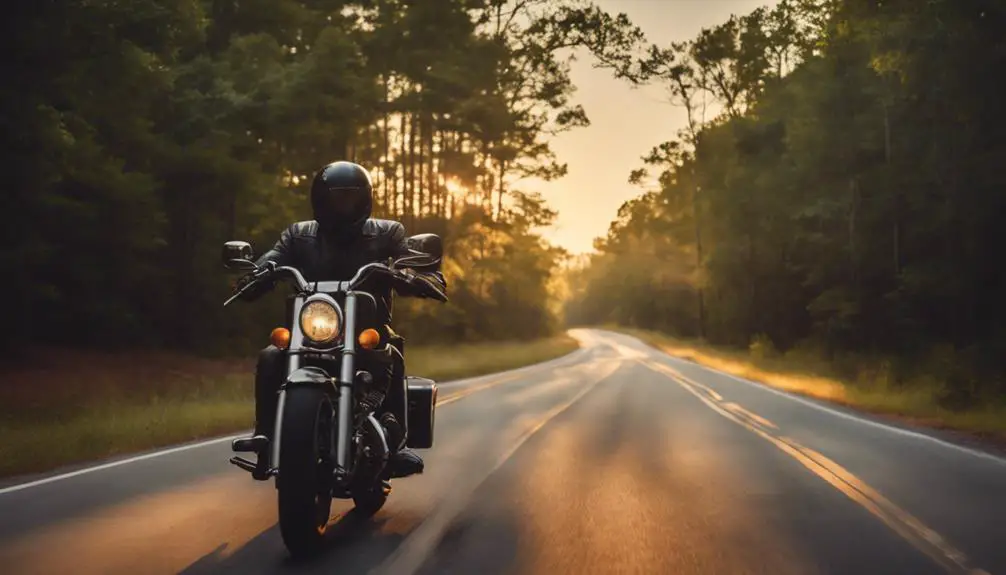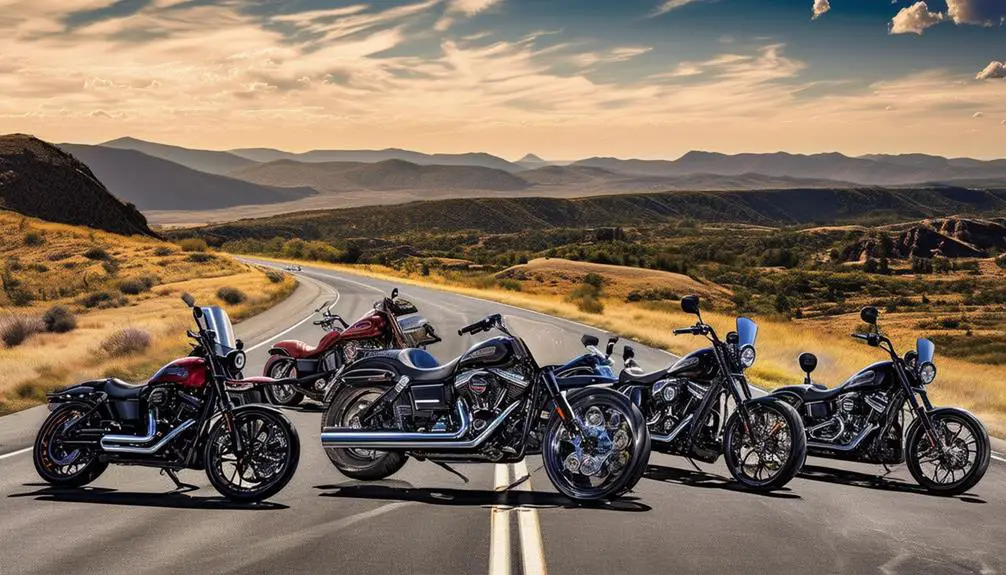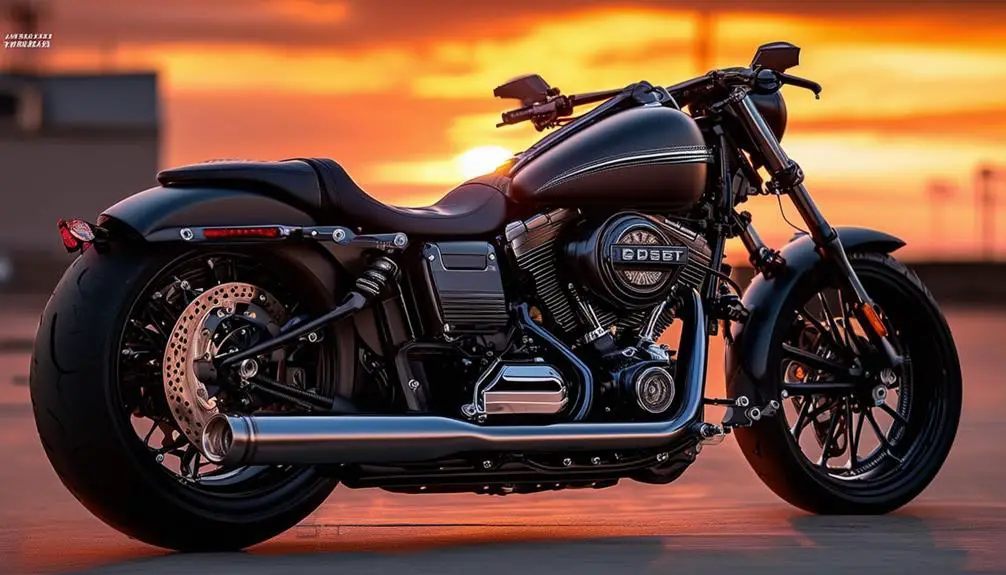When you own a Harley-Davidson, the rumble and power of the engine become an integral part of your riding experience. Deciding to enhance that experience often begins with a Stage 1 upgrade, a popular choice among Harley enthusiasts looking to improve their bike’s performance. This modification isn’t just about getting a few extra horses under the throttle – it’s a way to customize the bike’s power delivery to your liking, making your ride smoother and more responsive. But what does that entail, and how much does it normally cost?
A Stage 1 upgrade typically involves tweaking the air intake, exhaust system, and fuel management. These changes work in unison to ensure your engine inhales and exhales more efficiently, translating into a more robust and enjoyable ride. It’s a cost-effective way to bring out the best in your Harley-Davidson without delving into heavy mechanical modifications. Depending on your model and preferences, this upgrade usually ranges between $1,000 to $1,500, which includes parts and labor. Think of it as the first step towards unleashing the true potential of your motorcycle while also adding a touch of personal style, be it through the roar of the exhaust or the aesthetic of the new components.
Yet, every upgrade is a balance between cost and benefit. Before you invest, it’s wise to consider how much you value the enhancement in sound, power, and overall ride quality. The appeal of a Stage 1 upgrade goes beyond mere numbers; it’s about fitting the bike to your own riding ethos. And remember, this initial modification sets the stage for further upgrades, should you choose to continue refining your machine’s performance. So where do we start, and what do you need to know beforehand?
Related read: 5 of The Absolute Best Harley Davidson Tuner Options Today
What Is a Stage 1 Upgrade For Harley Davidsons?

When you’re looking to enhance your bike’s performance, a Stage 1 upgrade is often the first step. It’s designed to improve the air intake and exhaust systems of your engine, making for a more potent and enjoyable ride.
Defining Stage 1
A Stage 1 upgrade is a package aimed at improving the airflow through your motorcycle’s engine. It’s a basic modification that sets the stage for further performance enhancements if you choose to add them later.
Components of a Stage 1 Kit
Air Filter: Upgrading to a high-flow air filter allows your engine to breathe in more air. This part is crucial because more air means the engine can mix more fuel and air in the combustion chamber, leading to better performance.
Exhaust System: The kit also includes an aftermarket exhaust system designed to reduce the backpressure from the engine. With an optimized exhaust, you can expect a boost in torque and a better throttle response.
Together, these upgrades not only enhance the performance of your engine by allowing it to “breathe” better, but they also contribute to a more distinctive, throaty engine note—a sound that many motorcycle enthusiasts love.
Benefits of a Stage 1 Upgrade
When you opt for a Stage 1 upgrade on your Harley-Davidson, you’re investing in key modifications that enhance the power and experience of your ride. You’ll gain notable horsepower, torque, and a sound that turns heads, while also giving your bike a visual edge.
Improved Performance and Torque
By upgrading to Stage 1, you’ll enjoy a performance boost with gains of up to 10-15% in both horsepower and torque. This is achieved through a high-flow air cleaner, an improved exhaust system, and remapping your bike’s fuel injection system. The synergy of these components means your Harley will breathe better and respond quicker, giving you a more responsive throttle and smoother acceleration.
Enhanced Sound and Look
The sound of your bike will also capture attention; an upgraded exhaust system produces a richer, more robust rumble. It’s not just the auditory delight that’s enhanced – your Harley’s appearance gets a lift too with the sleek design of the new air intake and exhaust components. These improvements work together to elevate your bike’s aesthetic, showcasing that it’s not a stock model. The Stage 1 upgrade is as much about expressing your individuality as it is about the mechanics.
Installation and Tuning Procedures
Upgrading your Harley with a Stage 1 kit involves precise installation and tuning. It’s crucial to ensure that the new components are installed correctly for optimal performance and to follow up with accurate tuning for enhanced throttle response and engine efficiency.
Installing Stage 1 Components
To start the installation of your Stage 1 upgrade, prepare your workspace with the necessary tools and parts. You’ll be focusing on three main components:
- Air Intake System: Replace the factory air cleaner with the high-flow variant that comes with your kit. Make sure all connections are secure and that there’s a clear path for air to enter the engine.
- Exhaust System: Install a new exhaust to reduce back pressure and improve exhaust flow. Carefully remove the old exhaust and replace it with the new system. Ensure all fittings are tight to prevent leaks.
- Fuel Management System: For optimal fuel metering, a new fuel management system or tuning module will be necessary to compensate for the increased air flow.
Remember to follow the manufacturer’s instructions for each component to ensure proper fit and function.
Tuning After Installation
Once you’ve installed your new components, engine tuning is essential to realize the full potential of your upgrades.
- Adjust Fuel Mapping: With the introduction of more air from your intake and exhaust modifications, your fuel map must be adjusted accordingly to maintain an adequate fuel-to-air mixture.
- Improve Throttle Response: Fine-tuning can sharpen throttle response. Utilize a reputable tuning system that allows you to adjust settings to smooth out throttle transitions.
- ECU Remapping or Tuning Module: You may need to reprogram your motorcycle’s Electronic Control Unit (ECU) or install a tuning module to accommodate changes in exhaust and air intake.
Proper tuning requires both knowledge and patience, as small adjustments can have a significant impact on your bike’s performance. You might consider having your bike professionally tuned with a dynamometer for precise adjustments.
Read more: Average Harley Dyno Tune Cost Breakdown (My .2 Cents)
What’s The Average Harley Stage 1 Upgrade Cost?
When you’re contemplating a Stage 1 upgrade for your Harley, understanding the financial investment required is crucial for making an informed decision.
Average Cost of Stage 1 Upgrade
The total cost of a Stage 1 upgrade on your Harley includes parts like the air intake, exhaust system, and engine tuning components. On average, expect to spend between $1,000 to $1,500. This range can fluctuate based on the specific parts you select and whether you opt for professional installation.
Cost-Benefit Analysis
Evaluating whether the Stage 1 upgrade is cost-effective involves considering the performance boost against the monetary investment. You’re looking at an improved engine efficiency, sound, and responsiveness. It’s a substantial initial investment, but it can enhance your riding experience and potentially save costs on fuel in the long run.
Thinking Beyond Stage 1
After you’ve upgraded to a Stage 1 Harley-Davidson, it’s natural to consider further enhancements. These next stages fine-tune your ride, offering more power and precise performance.
Difference Between Stages
Stage 1: Typically involves improvements to the air intake, exhaust, and fuel metering system. It’s about making your bike breathe and sound better without altering the engine’s internals.
- Components: Air filter, slip-on mufflers, fuel management system.
- Result: Increased airflow and a slight bump in horsepower.
Stage 2: Centers around camshaft upgrades which can offer improved torque and horsepower, particularly in the RPM range you prefer to ride.
- Components: Performance camshafts, possibly upgraded lifters or pushrods.
- Benefits: Tailored power delivery for more responsive acceleration.
Stage 3: Involves replacing additional internal engine components, such as pistons and cylinders, allowing for more displacement and significant power gain.
- Components: Big bore kit, new high-flowing cylinders and pistons.
- Impact: A substantial increase in engine displacement and output.
Stage 4: Is the pinnacle of Harley’s performance upgrades, squeezing maximum performance from the engine with extensive modifications.
- Components: Throttle body, high-flow injectors, cylinder heads, high compression pistons, performance cams.
- Performance: Dramatic improvement in horsepower and torque across the entire RPM range.\
Read more: Harley Stage Kits Explained, Compared, and More
When to Consider Stage 2 or Higher
Deciding to move to Stage 2 or beyond is a commitment to customizing your riding experience. When you find Stage 1 isn’t quite hitting the mark in terms of power and performance, it might be time to look at higher stages.
- Stage 2 upgrade is suitable when you crave more torque and snappier acceleration, particularly if you often ride with a passenger or full gear.
- Stage 3 upgrade becomes appealing when you’re aiming for significant gains in raw power without a full engine rebuild.
- Stage 4 upgrade is for when you’re aspiring for top-line performance, akin to racing specifications, and are willing to invest in comprehensive modifications.
Each upgrade requires careful consideration of the costs, potential changes in your bike’s character, and maintenance requirements. Remember, the more extensive the upgrade, the more involved your relationship with your Harley becomes, as both the performance potential and complexity increase.
Selecting the Right Upgrades for Your Riding Style
When considering an upgrade for your motorcycle, your riding style should be at the forefront of your decision-making process. Each rider has unique preferences, and understanding what you value most on the road will guide you towards the perfect Stage 1 upgrade. Here’s a quick guide to aligning your choices with your style.
Casual Riding:
- Air Intake: A quality air intake system boosts engine efficiency, ensuring a smoother ride for your leisure outings.
- Exhaust: Opt for a slip-on muffler for a noticeable improvement in sound without going overboard.
Touring:
- Seat Comfort: Long rides demand comfort, so consider an ergonomic seat upgrade.
- Suspension: Upgrade for improved shock absorption, enhancing those lengthy journeys.
Performance Enthusiast:
- High-Flow Air Filter: Maximizes airflow to the engine for a notable performance boost.
- Performance Exhaust: A full system upgrade offers optimal power gains for spirited rides.
Customization Fanatic:
- Aesthetic Components: Choose upgrades like custom grips and footpegs to personalize your bike’s look.
| Upgrade Component | Casual | Touring | Performance | Customization |
|---|---|---|---|---|
| Air Intake | ✓ | ✓ | ||
| Exhaust | ✓ | ✓ | ||
| Seat | ✓ | |||
| Suspension | ✓ | |||
| Filters | ✓ | |||
| Aesthetic Parts | ✓ |
Remember to consider not only the type of upgrades but also quality and compatibility with your bike. Aftermarket parts should complement your motorcycle, not compromise it. By matching upgrades to your riding habits, you’ll ensure enhancements that are both practical and enjoyable, ultimately creating a riding experience that feels tailor-made for you.
Key Considerations Before Upgrading
Before diving into upgrading your Harley-Davidson, it’s crucial to align your upgrade choices with both your bike’s compatibility and your performance aspirations. Proper planning ensures that the modifications enhance your ride without causing technical conflicts.
Compatibility with Your Harley
Your Harley model and year are the primary factors that dictate compatibility with any aftermarket upgrade. It’s essential to verify that the components of a Stage 1 upgrade, particularly the upgraded exhaust system and air intake, are built to fit your specific motorcycle. Aftermarket parts often have specific model and year requirements, so always check product specifications against your Harley’s details.
- Check compatibility for:
- Exhaust systems: Ensure the design matches your bike’s specifications.
- Air intakes: Confirm the intake kit fits your model and offers proper airflow.
Performance Goals and Upgrade Path
Once compatibility is confirmed, you should consider your end goal concerning performance. A Stage 1 upgrade delivers a noticeable boost in power and efficiency, thanks to a freer-flowing exhaust and increased air intake. This upgrade is also the foundation for future enhancements, serving as the first step on a path toward more extensive modifications, such as Stage 2 and beyond.
- Define your performance goals:
- Power: Are you looking for an increase in torque, horsepower, or throttle response?
Frequently Asked Questions
If you’re considering a Stage 1 upgrade for your Harley-Davidson, you likely have questions about costs, benefits, and installation. This section provides answers to some of the most commonly asked questions about the Stage 1 upgrade process.
How much does a Stage 1 upgrade typically cost for a Harley-Davidson motorcycle?
A Stage 1 upgrade for your Harley can range from $1,000 to $1,500. This price includes parts such as air intake, exhaust systems, and fuel metering enhancements, as well as the cost of installation.
What can I expect in terms of performance improvements after a Stage 1 upgrade on my Harley?
With a Stage 1 upgrade, you can expect an increase in horsepower and torque due to improved air flow and exhaust. These changes can also lead to a more responsive throttle and a distinct, improved exhaust note.
What components are included in a typical Stage 1 kit for Harley-Davidson?
A typical Stage 1 kit includes an aftermarket air cleaner to increase airflow, a performance exhaust system for improved exhaust flow, and a fuel management system to ensure proper air-fuel ratio.
Is it necessary to have a professional install a Stage 1 upgrade on my Harley, or can I do it myself?
While you may possess the skills to install the upgrade yourself, a professional installation is recommended to ensure the job is done correctly and safely. Additionally, some parts may require special tools or tuning that professionals can better handle.
Will installing a Stage 1 upgrade on my Harley affect my motorcycle’s warranty?
Upgrading your motorcycle with aftermarket parts, including a Stage 1 kit, can potentially affect your Harley’s warranty. It is best to check with your dealer about the warranty implications before proceeding with any upgrades.








Leave a Reply
You must be logged in to post a comment.